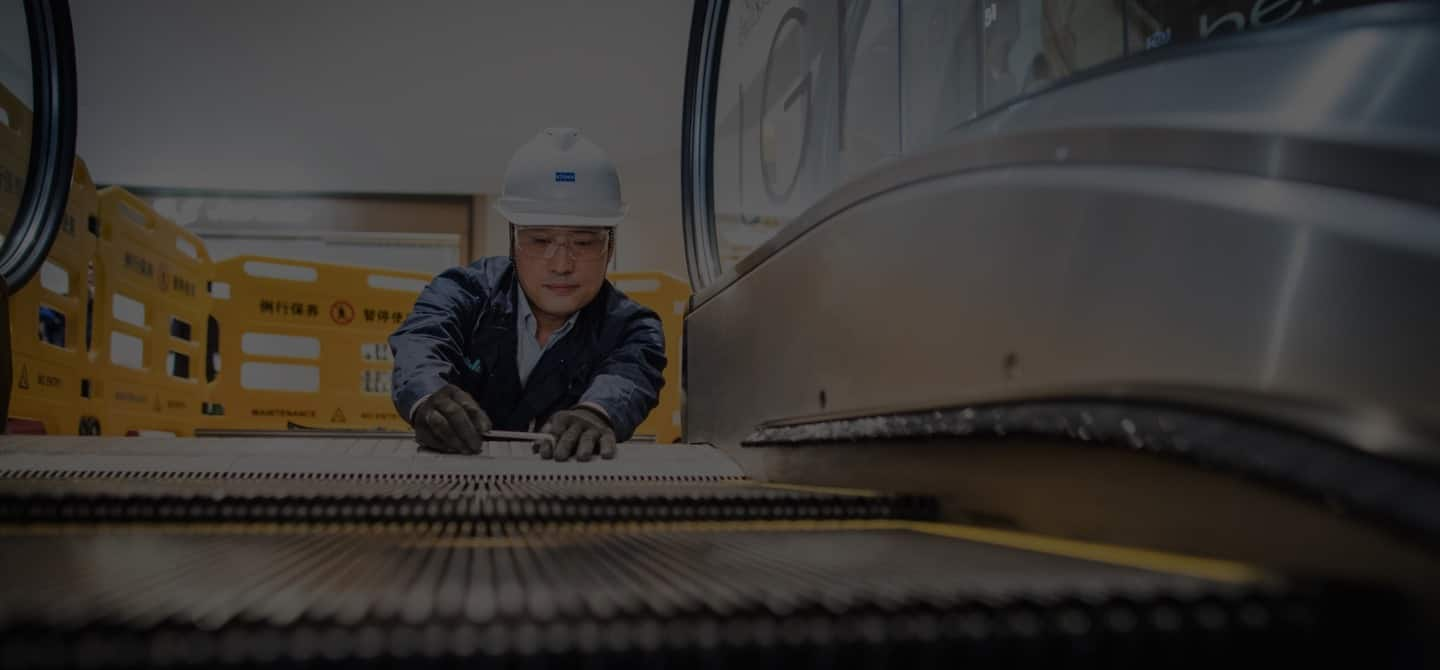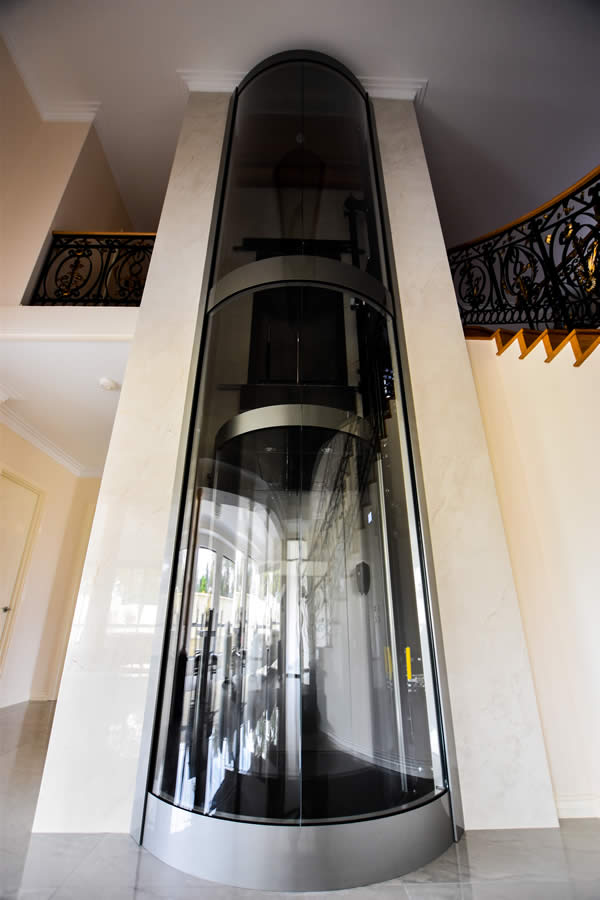In-Depth Lift Solution Strategy Incorporating Troubleshooting, Adjustment, and Calibration
In the realm of upright transport systems, lifts play an important duty in ensuring efficient activity within buildings. A thorough lift service plan that incorporates calibration, modification, and troubleshooting is not just a routine upkeep schedule; it is an extensive strategy to raising the efficiency and safety criteria of these indispensable mechanisms. By carefully resolving possible concerns, fine-tuning functional settings, and making sure exact calibration, this service plan can considerably influence the capability and lifespan of elevators. Just how specifically do these components come together to create a seamless and dependable vertical transport experience? Let's check out the detailed details behind this specialized service plan.

Importance of Elevator Maintenance
Lift upkeep is an important facet of ensuring the secure and reliable operation of a structure's upright transport system. Normal upkeep not only extends the lifespan of the elevator yet likewise decreases the risk of unexpected failures, ensuring the security of owners. By sticking to an organized upkeep plan, structure proprietors and facility managers can recognize and deal with possible problems prior to they rise into significant troubles, thus minimizing downtime and expensive repair work.
Routine maintenance tasks consist of checking and lubricating moving parts, testing safety and security functions, and changing mechanisms to maintain optimum performance. In addition, regular upkeep assists to guarantee that the lift adheres to safety and security laws and standards set by appropriate authorities. Ignoring upkeep can bring about breakdowns, such as sudden quits between floors, door issues, or electrical failures, every one of which can aggravation customers and jeopardize their security.
Troubleshooting Techniques for Elevators
Making certain the effective and secure procedure of a building's upright transport system with normal maintenance also entails the application of effective troubleshooting methods for addressing prospective lift issues quickly. Repairing strategies for lifts are essential to preserving a dependable lift solution.
An additional important troubleshooting technique is conducting a complete physical evaluation of the lift parts. This includes checking for any indications of deterioration, loosened links, or unusual sounds during procedure. By visually evaluating the lift equipment and electrical systems, technicians can recognize possible issues prior to they escalate right into major troubles.
Furthermore, fixing techniques for elevators commonly involve screening different safety attributes, such as emergency situation brakes and door sensors, to guarantee they are working properly. Frequently checking these safety systems can assist guarantee and protect against mishaps passenger security. By including these fixing strategies into a lift service plan, building owners can minimize downtime, reduce repair work prices, and guarantee a smooth upright transport experience for passengers.
Precision Adjustments in Elevator Solution
Implementing exact changes is paramount in maintaining the optimum performance and performance of elevator systems within a building. lift companies near me. Lifts are complex mechanical systems that call for careful fine-tuning to guarantee smooth and efficient operation. Accuracy modifications play a vital duty in improving security, minimizing downtime, and lengthening the lifespan of elevator parts
When carrying out accuracy modifications in lift service, professionals have to possess a deep understanding of the system's characteristics and mechanics. Tiny discrepancies in speed, positioning, or leveling can lead to considerable issues if not resolved promptly. By thoroughly calibrating parameters such as door closing times, leveling accuracy, and velocity rates, technicians can optimize the total performance of the elevator.
In addition, accuracy changes help prevent early deterioration on crucial elements, such as cords, pulleys, and control systems. Frequently scheduled maintenance that consists of fine-tuning modifications can mitigate the threat of costly repair services and unexpected breakdowns. Lift company ought to focus on precision changes as part of their comprehensive upkeep strategies to maintain the greatest criteria of dependability and guest safety and security.
The Importance of Calibration Procedures

Calibration processes also play an essential duty in lengthening the life-span of lift tools. Routine calibration aids identify prospective concerns early on, permitting timely changes or replacements prior to major problems develop. This proactive approach not only avoids expensive downtime yet likewise adds to the total dependability of the lift system.
Furthermore, calibration is vital for making sure conformity with sector regulations and requirements. By following manufacturer referrals and industry best practices during calibration treatments, elevator solution companies can ensure that the system meets all necessary safety and security demands. Appropriately adjusted lifts not only enhance customer experience yet likewise demonstrate a dedication to guest safety and security and building regulations conformity.
Enhancing Lift Performance and Durability
To optimize lift performance and extend its longevity, a detailed upkeep routine is vital. Routine maintenance not only makes certain that the lift runs effectively but additionally helps in determining potential concerns before they intensify, therefore reducing downtime and costly repair services.
Additionally, carrying out modern innovations like IoT sensing units and anticipating upkeep software program can supply real-time data on elevator performance, making it possible for anticipating maintenance organizing and minimizing unexpected break downs. Updating older lift systems with energy-efficient components can likewise add to improved efficiency and decreased power consumption, resulting in set you back click financial savings over time. By focusing on routine upkeep, adopting brand-new modern technologies, and considering system upgrades, building owners can dramatically improve elevator efficiency and extend Recommended Site its life-span, making certain smooth procedures for passengers and site visitors alike.

Final Thought
By carrying out troubleshooting strategies, precision changes, and calibration processes, lift solution providers can boost the overall capability of elevators. Investing in a thorough lift service plan is vital for making best use of the life expectancy of elevators and ensuring smooth transportation for building occupants.
Repairing methods for elevators are essential to keeping a reliable elevator solution.Additionally, applying contemporary innovations like IoT sensing units and predictive maintenance software application can offer real-time information on lift efficiency, allowing predictive maintenance scheduling and lessening unexpected malfunctions (lift engineers near me). By focusing on normal maintenance, embracing brand-new modern technologies, and taking into consideration system upgrades, structure proprietors can significantly enhance lift efficiency and lengthen its life-span, guaranteeing smooth operations for residents and visitors alike
By applying troubleshooting methods, accuracy changes, and calibration processes, lift solution providers can boost the total functionality of elevators. Spending in an extensive elevator service strategy is vital for optimizing the life expectancy of elevators and making certain smooth transportation for building passengers.